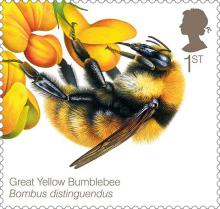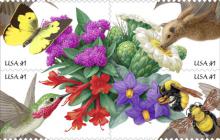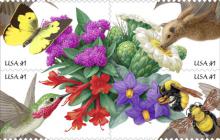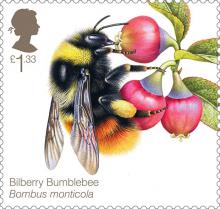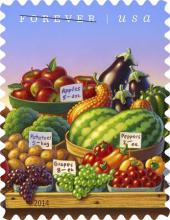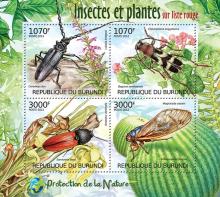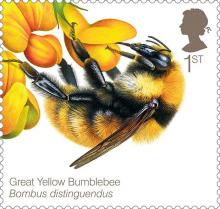Frans parlement wil verbod neonicotinoïden
De Franse 'Tweede Kamer' (Assemblee nationale) wil dat neonicotinoïden vanaf 1 september 2018 worden verboden. "Daarmee willen we een sterk signaal afgeven aan de chemische ondernemingen, de landbouw en de regering", aldus Jean-Paul Chanteguet, voorzitter van de kamercommissie voor duurzame ontwikkeling. Chanteguet had met een aantal andere Kamerleden een amendement ingediend op de Wet op de Biodiversiteit. Oorspronkelijk stelden zij voor het verbod al op 1 januari 2017 in te laten gaan, maar dat is in de discussie verschoven naar een datum ná de oogst van 2018. De Assemblee nationale wil de bestrijdingsmiddelen verbieden, omdat die verantwoordelijk worden geacht voor het verdwijnen van de bijen. Wel moet er nog een uitvoeringsmaatregel komen met 'concrete antwoorden voor boeren die worden geconfronteerd met het plotseling verschijnen van plagen die hun oogsten in gevaar kunnen brengen'. In dat kader wordt, na advies van de dienst voor de gezondheid en veiligheid van voedsel Anses, een lijst met alternatieve bestrijdingsmogelijkheden gepubliceerd. Het plan gaat nu naar de Franse Senaat, waarna het voor een eindstemming terugkomt bij de Assemblee.

